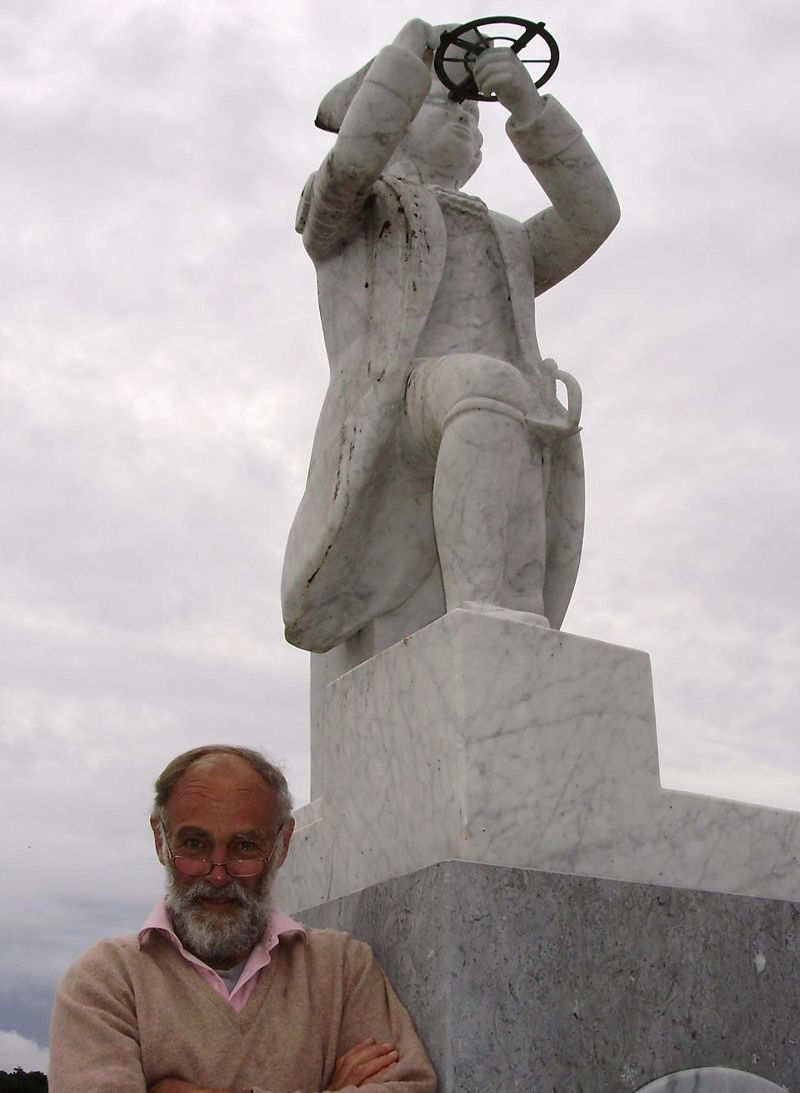2019-28 A talk for the Open Future Festival
 Friday, October 4, 2019
Friday, October 4, 2019
The Economist: Open Future Festival, Manchester: IF THE PROBLEM ISN’T BINARY, DON’T USE BINARY VOTING
Some questions can be pretty silly. For example, if I ask you all, “Are you a liar?” every honest person will say ‘no’ and every liar will also say ‘no’.
And now let’s take another example: it’s time for lunch for 9 hungry children. I have parsnips, turnips and cabbage; and, OK, the kids will decide, democratically, what’s for lunch. First things first: a debate, and only 4 like parsnips, only 3 like turnips and only 2 like cabbage. Oh dear. So we’ll take a vote. “Would you like parsnips?” I ask, “yes or no?” A majority of 5 say ‘no’. So the will of the kids is “no parsnips.” “What about turnips?” – 6 vote ‘no’. The will of the kids is “neither parsnips nor turnips”. “Cabbage?” Again, it’s ‘no’.
And when there’s no majority for any one thing, there is a majority against everything. It’s another silly question.
Brexit was a silly question. The problem was multi-optional. The referendum could have asked, “In the EU, the EEA or the WTO?” And with, say, 9 million voters, if 4 want ‘remain’, 3 opt for EEA and 2 for WTO, there will be majorities of 5, 6 and 7 against. If the problem isn’t binary, don’t use binary voting.
That referendum did not identify the will of the people; if it had, we would not have been arguing about it for the last three years!
To get an accurate answer in a multi-option debate, you must allow the people a multi-option choice.
The 2016 referendum was, yes, a silly question. ‘Remain-or-leave?’ It was, in effect, a ‘yes-or-no?’ question on only one of the options. OK, there was a (small) majority against ‘remain’, against the EU option. But if we’d had a majority vote on the EEA or the Customs Union, or the WTO or whatever, there would (almost certainly) have been majorities against each of these as well.
In 1992, New Zealand had a debate on their electoral system. They appointed an independent commission to take submissions, hold public hearings, issue reports on proceedings and so on; so New Zealand had a multi-option debate before their referendum, which had five options.
Because our referendum was ‘yes-or-no?’ the UK has had a multi-option debate, or argument, but only after the vote.
___________________
So what is now needed, either in parliament and/or in a second referendum, is a multi-option vote. As in New Zealand, ask an impartial authority – the Speaker in Parliament, or an independent commission for a referendum – to listen to the debate and, on that basis, to produce a multi-option ballot of up to 5 or 6 options, and then let the people choose.
The question, then, is how shall the votes be analysed? Do the people cast just one preference, or can they list the options in their order of preference?
So consider a society of 9 (million) debating 3 options, A, B and C, and let us assume that
4 have preferences A-C-B
3 ” B-C-A, and
2 ” C-B-A.
|
|
9 (million) voters |
||
|
4 |
3 |
2 |
|
|
1st preference |
A |
B |
C |
|
2nd preference |
C |
C |
B |
|
3rd preference |
B |
A |
A |
With 4 of the 1st but 5 of the 3rd preferences, option A is rather divisive; option B has 3 of the 1st, 2 of the 2nd and 4 of the 3rd preferences, so it is a bit mixed; but option C looks pretty good – it is the 1st and/or 2nd preference of everybody, a good compromise. But what happens in practice?
Well, in plurality voting, we count only the 1st preferences, so the winner is A on 4, to B’s 3 and C’s 2. In a two-round system, it’s A and B in the second round, a majority vote, and, if everybody’s preferences are the same, the winner is now B, 5 to 4. But with a points system – 3 points for a 1st preference, 2 for a 2nd and 1 for a 3rd – the winner is indeed C on 20, while A and B each have 17.
So the answer is anything, A, B or C; it all depends on which voting procedure is used.
|
Voting system |
9 (million) voters |
||
|
1st |
2nd |
3rd |
|
|
Plurality voting |
A |
B |
C |
|
Two-round system |
B |
A |
- |
|
A points system* |
C |
B |
A |
Most politicians like majority voting: usually, they choose the question; and, usually, the question is the answer. Usually; but not with Brexit.
_____________
The world’s first multi-option vote was in China in 1197. New Zealand had the world’s first multi-option referendum in 1894. And preferential voting was first advocated in Spain, 800 years ago.
A modern democracy, both in parliaments and referendums, should have not only multi-candidate elections, but also, multi-option decision-making.
And Brexit? The 2016 referendum should have been a multi-option vote; and any second referendum, or ‘meaningful’ vote in parliament, should also be multi-optional.
* The Modified Borda Count, MBC.
 Deborda | Comments Off |
Deborda | Comments Off | 

